Educational Technology Posts on Crowch
Domestic violence is a subject that too often remains hidden in silence. But silence does not protect — it strengthens the problem. October, Domestic Violence Awareness Month, exists to break that silence, to support survivors, and to inspire change.
Abuse takes many forms: physical, psychological, sexual, and economic. It can hide behind the image of a “happy family,” behind excuses like “he’s just going through a hard time” or “this is a private matter.” The truth is clear: shouting, humiliation, control, or hitting can never be justified.
✨ Why is this month so important?

- To amplify survivors’ voices. Stories of those who left and rebuilt their lives give strength and hope to others still trapped.
- To break down barriers of fear. People need to know that help exists and no one is obligated to stay in an abusive relationship.
- To change culture. We must teach children and young people to build relationships rooted in respect, not fear or control.
- To unite communities. Purple ribbons and awareness campaigns remind us that violence affects us all and cannot be ignored.
Domestic Violence Awareness Month is not only about victims — it is about strength. The strength of communities that build shelters and hotlines. The strength of volunteers who refuse to look away. The strength of friends and families who reach out and say: “You are not alone. We are here.”
It is important to understand that even the smallest step can create change. Sharing hotline numbers, supporting awareness campaigns, donating to organizations, or simply listening to someone who needs to be heard — these are powerful actions. Small steps, when multiplied, create big transformations.
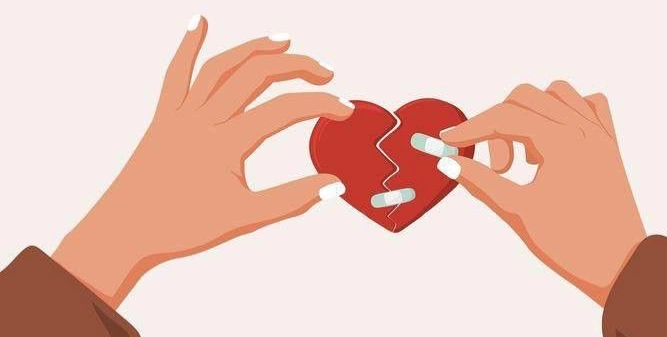
October in purple is the voice of hope. A voice that says: “Violence has no place in society.” A voice that grows louder with every person willing to support and to help. Let this month remind us that indifference allows violence to thrive, but solidarity can save lives.
The second Monday of October in the United States is traditionally recognized as Columbus Day, commemorating the arrival of Christopher Columbus to the Americas in 1492. For much of the 20th century, it was celebrated as a proud moment in history, representing exploration, discovery, and the start of what was seen as a new chapter in human progress. However, over time, awareness has grown that this “discovery” also marked the beginning of centuries of colonization, displacement, and oppression for Indigenous peoples who had lived on these lands for millennia.
A Shift in Perspective
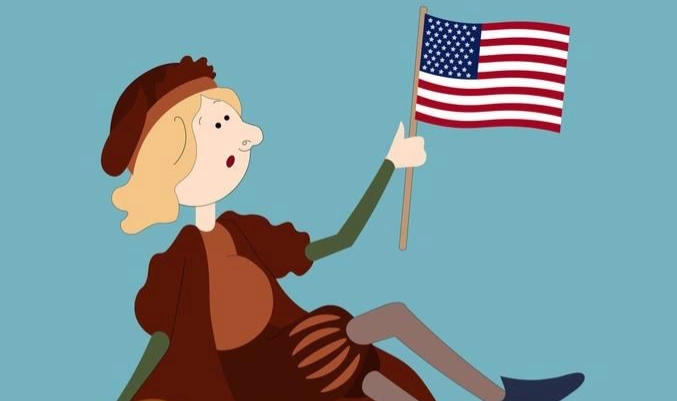
As more voices from Native American and Indigenous communities have been heard, the narrative surrounding this day has evolved. Many states, cities, and organizations have replaced Columbus Day with Indigenous Peoples’ Day, reframing the occasion as one that centers Indigenous histories, cultures, and resilience. This shift acknowledges the darker chapters of history — including violence, forced assimilation, and cultural erasure — and recognizes the ongoing contributions of Native peoples today.
Why Indigenous Peoples’ Day Matters
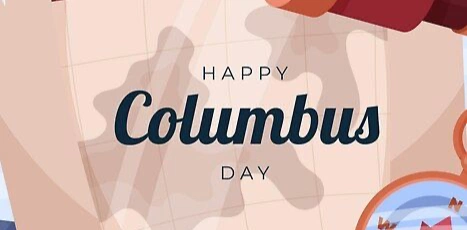
The day serves as both a remembrance and a celebration. It honors the strength of Indigenous communities who, despite centuries of systemic oppression, have preserved their traditions, languages, and ways of life. It’s an opportunity to educate others about the diversity of Native cultures and to challenge stereotypes, replacing outdated myths with a deeper understanding of history.
For Indigenous youth, seeing their heritage recognized on a national level affirms their identity and pride. For non-Indigenous people, it’s a chance to listen, learn, and reflect on what shared history truly means.
How People Observe the Day
Across the country, observances take many forms:
- Cultural Events: Powwows, traditional dances, music, and storytelling.
- Educational Programs: Workshops and lectures on Indigenous history, sovereignty, and contemporary issues.
- Advocacy: Campaigns supporting Native rights, land protection, and the preservation of sacred sites.
- Community Gatherings: Ceremonies to honor ancestors and strengthen community ties.
The Conversation Around Columbus Day
Some communities continue to observe Columbus Day, often emphasizing Italian-American heritage and the spirit of exploration. For others, the day has become an occasion to confront difficult truths about colonization and to shift toward a more inclusive and accurate portrayal of history.
The Core Message
Whether it’s called Columbus Day or Indigenous Peoples’ Day, the second Monday of October has become a powerful reminder of the importance of historical truth, cultural respect, and reconciliation. It’s about honoring the resilience of Indigenous peoples, acknowledging past injustices, and building a future grounded in mutual understanding and equity.
By engaging in open conversations, participating in educational events, and showing respect for Indigenous voices, we can ensure that this day fosters awareness, empathy, and a shared commitment to justice.
October 10th marks World Mental Health Day, a global event dedicated to raising awareness about the importance of emotional well-being, prevention, and support for those facing psychological challenges. Established by the World Federation for Mental Health in 1992, this day has since been a platform to address key issues affecting mental health worldwide.
Why It Matters
Mental health shapes how we think, feel, interact, and cope with life’s challenges. It impacts our quality of life, productivity, and our ability to maintain healthy relationships. Stress, anxiety, depression, and burnout are not just passing phases — they are real concerns that require understanding and proper care.
Theme of 2025
Each year, World Mental Health Day focuses on a specific theme, from increasing access to mental health care to combating stigma. The core message remains the same: mental health is just as important as physical health, and support should be available to everyone.
Breaking Stigma
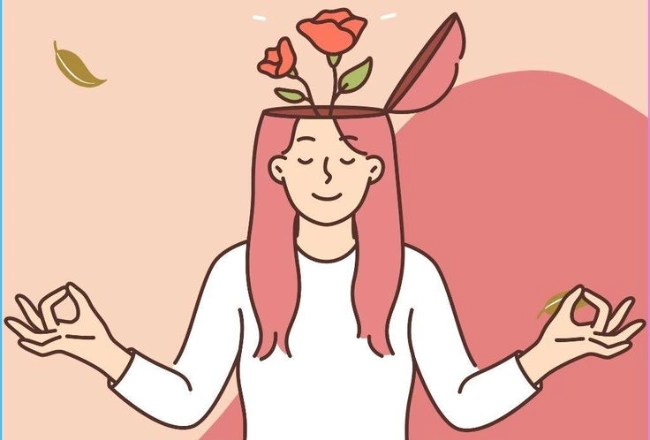
In many cultures, mental health issues remain a taboo topic. This leads to fear, shame, and hesitation to seek help. Public awareness campaigns, education, and sharing personal stories are essential to breaking down prejudice and building acceptance.
Ways to Get Involved
- Start Conversations with friends and family about self-care and emotional well-being.
- Offer Support to someone going through a difficult time.
- Learn relaxation techniques, meditation, or breathing exercises.
- Participate in charity events, talks, or workshops on mental health.
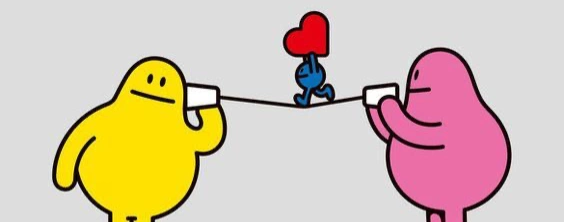
The Key Message
World Mental Health Day is a reminder that caring for your inner world is not a luxury, but a necessity. Every one of us can make a difference — by listening, offering kindness, and creating safe spaces. A healthier society begins with the mental well-being of each individual.

For thousands of international students dreaming of studying in the United States, one of the biggest concerns is how to afford tuition, housing, and living expenses. The good news? American universities, government institutions, and private foundations offer a wide variety of scholarships and financial aid programs that can make this goal achievable — even for those with limited resources.
However, the path to receiving financial support isn’t always straightforward. Let’s explore the realities behind scholarships in the U.S., the different types, how to improve your chances, and which universities are more open to helping international students.
💸 Need-Based Scholarships: Help When You Can’t Afford Tuition
One of the most common types of financial aid in the U.S. is need-based assistance. This means the scholarship is awarded based on your financial situation — if you can demonstrate that you cannot afford the cost of studying and living in the U.S., you may be eligible for help.
These scholarships can come from:
- The university itself
- State or federal government programs
- Private organizations or charities supporting international students

However, there’s a challenge: admitting that you need financial help may affect your chances of being admitted. Many universities — especially those with limited budgets — are need-aware, meaning your financial status is considered when evaluating your application. If two students have similar academic records, but one can pay full tuition and the other cannot, the paying student might have an advantage.
🏅 Merit-Based Scholarships: Rewarding Your Achievements
If your academic achievements shine, you may be eligible for merit-based scholarships — financial awards given for exceptional talent, grades, or accomplishments, regardless of your income.
Merit-based aid can be awarded for:
- High GPA or class rank
- Outstanding test scores (SAT, ACT, TOEFL, IELTS)
- National or international competition wins
- Volunteer experience and leadership in community projects
- Excellence in sports — especially if you’ve competed at a national level
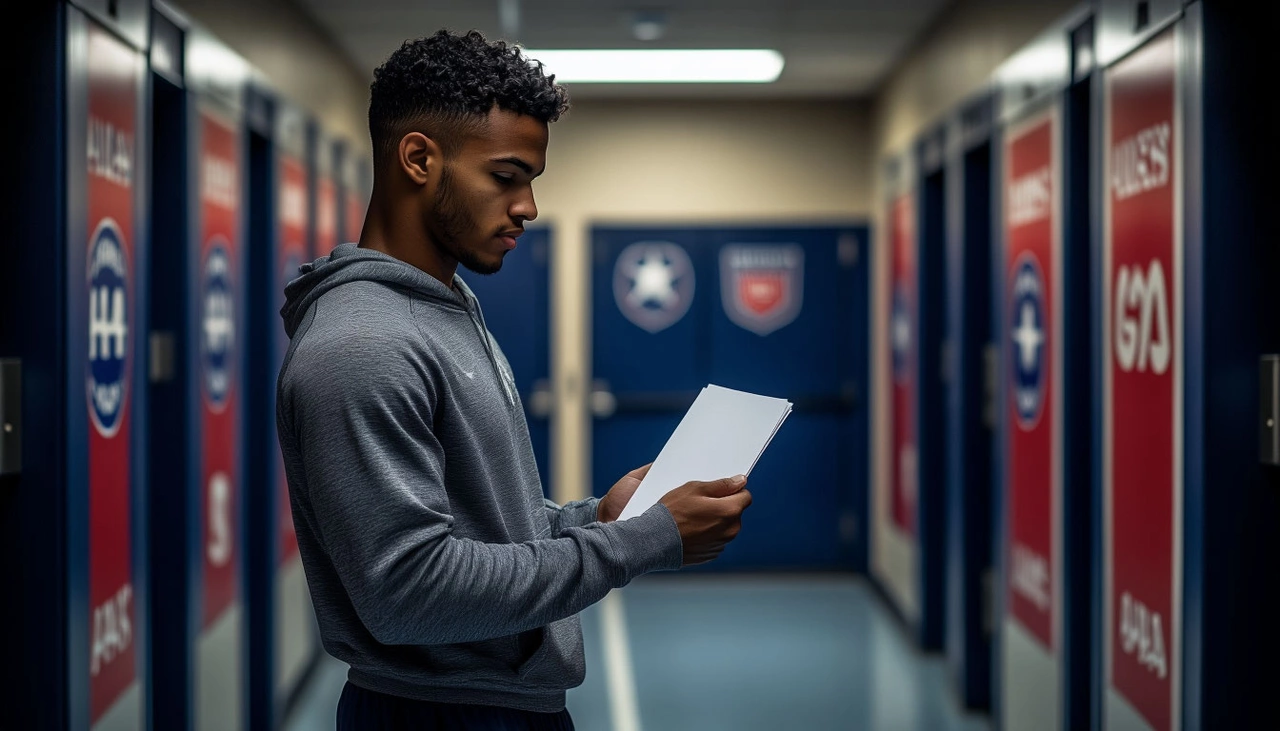
🏛️ Need-Blind vs. Need-Aware: Which Universities to Target
Not all U.S. universities treat financial aid requests the same way. Some are need-blind — meaning they do not consider your financial situation when deciding whether to admit you. This is ideal for international students seeking both education and financial support.
Here are some top-tier need-blind universities for international students:
- Harvard University
- Yale University
- Princeton University
- MIT (Massachusetts Institute of Technology)
- Amherst College
- Dartmouth College
- Georgetown University
These institutions often offer generous aid packages and meet 100% of demonstrated financial need — but they’re also extremely competitive. Most other universities are need-aware — they will evaluate your finances when reviewing your application. This doesn’t mean you won’t be accepted or get help, but your financial need could influence the final decision. That’s why it’s crucial to research each university’s policy in advance.
🧭 Smart Tips to Boost Your Chances
- Start early: Application deadlines for scholarships can be earlier than general admission.
- Apply broadly: Don’t limit yourself to one or two schools. Widen your options.
- Craft a strong application: Personal statements, recommendation letters, and resumes matter.
- Be honest: Misrepresenting your finances could backfire during the visa process.
- Look for external scholarships: Organizations like Fulbright, DAAD (for Germans), and regional foundations also support students studying in the U.S.

🎓 Final Thoughts
While applying for scholarships in the U.S. can be daunting, it’s absolutely possible to receive financial support — even as an international student. Whether through need-based aid, merit scholarships, or sports programs, the key is to stay proactive, well-informed, and persistent.
Remember: universities in the U.S. are not just looking for students who can pay — they want talented, passionate individuals who will contribute to campus life and succeed beyond graduation.
So, polish your application, showcase your strengths, and aim high — your American dream might be closer than you think. 🇺🇸✨
Many people think of leadership as something external — charisma, confidence, public speaking, the ability to inspire and lead. And yes, these are important qualities. But true leaders are not formed on the stage — they are shaped in silence. Not during moments of victory, but in moments of doubt, failure, and difficult decisions. Being a leader means carrying not only responsibility but also loneliness, fear, and uncertainty. It’s not a role — it’s a journey.
On this journey, there are more questions than answers. A leader constantly faces choices where there’s no clear “right” or “wrong.” They learn not only to lead but also to let go. Not only to speak, but also to listen. A true leader understands that strength lies not in control, but in the ability to share influence. They don’t need to prove they’re better than others — they help others become better versions of themselves.
Leadership is a constant journey inward. It’s the ability to pause and ask, “Who am I right now, and who do I want to become?” It’s working through ego, ambition, and disappointment. It’s being able to acknowledge your weaknesses without using them as excuses. It’s maturity — not about being perfect, but about being whole.

Strong leaders grow from weak moments. When things fall apart. When they have to take a step into the unknown. When they admit they were wrong. When they ask for help. That’s when true resilience is born — the kind that separates a genuine leader from someone who just looks confident on the surface.
But leadership isn’t only about what happens inside. It’s also about how you relate to others. A real leader shares success. They don’t build a team of followers — they create a space where everyone has a voice, a role, and a sense of ownership. They don’t hide behind a title. They show up — listening, supporting, asking, guiding. They don’t control — they connect.
Modern leadership isn’t about pressure or authority. It’s about trust and development. It’s about seeing potential before it becomes obvious. It’s about helping someone believe in themselves — even when they’re still unsure. At its core, it’s not about power — it’s about maturity.
And yes, leaders make mistakes. They lose motivation. Sometimes they burn out. But they get back up and keep going. Because they know: someone is watching. Someone is following their example. Someone is learning from their actions, not just their words. And that’s what makes them a leader — not loud slogans, but quiet consistency.
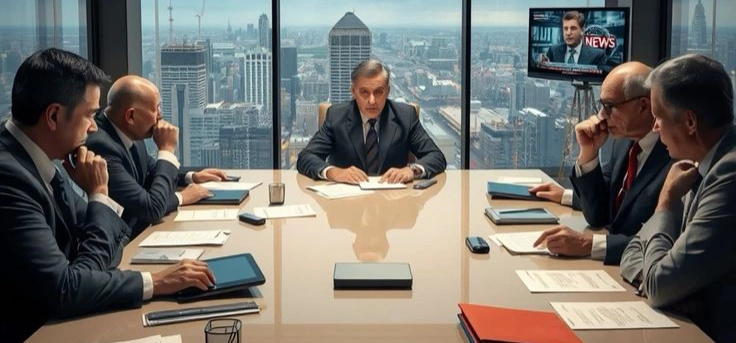
Leadership is a path. A long one, not always easy, but deeply meaningful. And if you’ve ever felt that spark — the sense of responsibility not just for yourself, but for others — maybe you’re already on that path. Just keep walking. True leaders don’t run ahead of the crowd. They walk alongside it. And they’re never afraid to be the first to stop and ask, “Are we even going in the right direction?”
As hybrid and remote work models become the new standard, a subtler challenge has emerged in the modern workplace: digital burnout. While technology enables flexibility, accessibility, and efficiency, it also blurs the lines between work and rest, presence and pressure, productivity and overload. For many professionals, the result is a creeping sense of exhaustion that isn’t caused by the work itself — but by how it's delivered.
The paradox of hyper-connectivityWe're more "available" than ever before. Notifications, video calls, emails, instant messages, project platforms — all designed to improve collaboration — can quickly become overwhelming. A quick Slack reply at 8 p.m. turns into a habit. A “short check-in” on a Sunday morning becomes routine. The line between office and home fades, and the expectation to be reachable at all times becomes normalized — even unspoken.
What is digital burnout?Digital burnout is more than tired eyes or the occasional frustration with too many meetings. It's a deep, systemic fatigue that affects focus, motivation, and emotional energy. It shows up as:
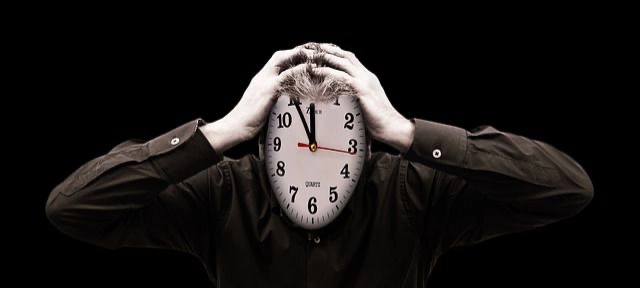
- Difficulty concentrating on tasks
- Feeling mentally drained by simple interactions
- Avoiding or dreading communication
- Increased irritability or anxiety
- Lack of creative drive and satisfaction
Unlike physical burnout caused by overwork, digital burnout is often harder to detect. It creeps in quietly — masked by productivity metrics that might look just fine. But over time, it erodes engagement, well-being, and ultimately, performance.
Why it matters for companiesWhen digital fatigue sets in across a team or organization, the effects are real: reduced innovation, poor collaboration, more sick days, and high employee turnover. The irony? Burnout often happens in high-performers who struggle to disconnect — the very people organizations rely on most.

Moreover, in the remote or hybrid context, employees may feel less empowered to set boundaries. Without the natural structure of commutes or physical office space, "logging off" becomes ambiguous — and for some, anxiety-inducing.
Strategies for digital recoveryAddressing digital burnout isn’t about abandoning technology — it’s about using it more intentionally. Here are a few strategies individuals and organizations can implement:
- Normalize digital boundaries. Leaders should set the tone: no expectation to reply after hours, no meetings during lunch, real encouragement to disconnect.
- Reassess communication culture. Not every message needs to be a meeting. Reduce redundancy, streamline tools, and let asynchronous work breathe.
- Introduce “deep work” time. Encourage blocks of uninterrupted time for focused work — and protect it on calendars like any other meeting.
- Offer digital wellness training. Just like time management, navigating digital stress is a skill. Help your teams learn how to manage overload, prioritize, and unplug.
- Model balance from the top. When leadership respects its own limits, others feel safe to do the same.
A healthier way forwardDigital tools aren’t the enemy — in fact, they’re essential to modern collaboration. But they must be balanced with empathy, structure, and space to recover. A company’s ability to manage digital culture is now a core aspect of talent retention, employee experience, and long-term success.
In an always-on world, smart organizations will be those that know when — and how — to switch off.
Technology makes life easier — at least, that’s what we’re told. Instant communication, remote work, one-click delivery, smart assistants, AI tools that write and organize for us. But alongside these digital conveniences, another reality is growing — digital fatigue.
We live in an age of constant connection. Notifications never stop. Zoom meetings blend into chats, messengers merge with corporate platforms. The workday has no clear end; the boundaries between “home” and “office” have vanished. We’re always online — yet increasingly emotionally distant.
This leads to a new form of burnout — technological exhaustion. And it’s not just about eye strain or back pain. It’s about irritability, lack of focus, anxiety without clear cause, apathy toward work, and even a disinterest in real-life interaction.
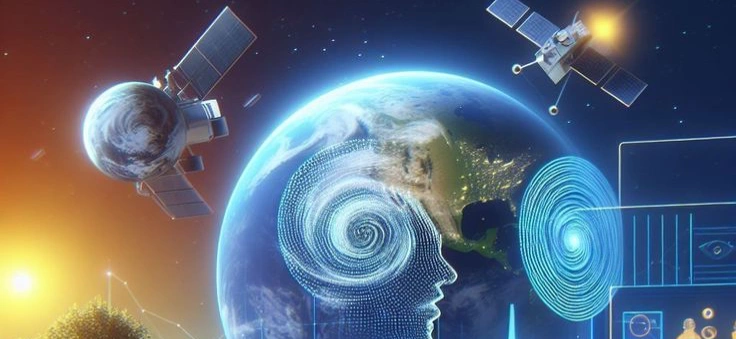
The most vulnerable are those whose jobs revolve around screens: office workers, freelancers, online teachers, students, developers. But the digital trap catches nearly everyone — teens, parents, retirees. Even rest has gone digital: streaming, TikTok, YouTube, gaming — it’s screen after screen after screen.
Why is this dangerous? Because we’re losing the ability to be present. We forget what it’s like to truly rest without a screen, to talk without emojis, to notice the people around us, not just the ones in the chat. Our minds weren’t built for nonstop information — and at some point, they begin to short-circuit.
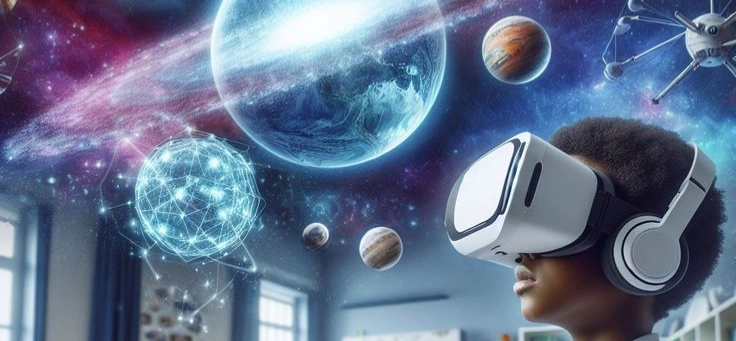
What can we do?— Practice digital hygiene: mute notifications, take screen-free breaks, have “offline days.”— Separate work from personal life: no emails after 8 PM, no working from bed.— Reclaim the analog: read physical books, walk without headphones, have real conversations.— Talk about burnout — with friends, family, colleagues.
Digital technology is not the enemy. But it demands a new kind of responsibility — to ourselves. Feeling tired of being constantly connected doesn’t mean weakness. It means it’s time to reclaim silence.
The rapid emergence of generative AI, such as large language models and image generators, has already changed industries — from customer service to journalism, from healthcare to education. These systems can summarize texts, create artwork, write code, and even simulate human conversation. Startups and corporations are racing to integrate AI into every possible product.
But this wave of innovation brings fear as well. Will AI replace human workers at scale? Can it replicate human creativity or empathy? Who is accountable if an algorithm makes a life-changing error — like denying a loan or misdiagnosing a disease?
There are also concerns about bias: AI systems learn from existing data, which means they can amplify stereotypes or make unfair decisions if not carefully monitored. Transparency and accountability in AI development have become urgent demands from both experts and the public.
Digital Inequality
While Silicon Valley and other tech hubs race ahead, large parts of the world remain digitally excluded. In some developed countries, children grow up with tablets, coding classes, and 5G internet. Elsewhere — especially in rural regions of the Global South — schools lack even basic computers, and reliable internet is a luxury.
This digital divide is not just about hardware; it’s about opportunity. Those without access to digital tools are cut off from online education, job applications, e-commerce, and political participation. If left unaddressed, this gap could deepen existing inequalities and create a digital underclass.
Bridging this divide requires global effort — through investment in infrastructure, affordable technology, and digital literacy programs that empower communities, not just individuals.
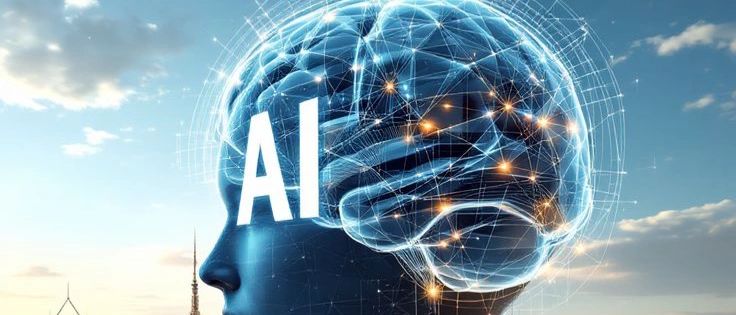
Society Calls for Regulation
With tech capabilities growing exponentially, regulation is struggling to keep up. Governments, civil society, and international organizations are now actively debating how to ensure AI and big tech serve the public good.
Key areas of concern include:
- Data privacy: Who owns the data we generate? How is it used and by whom?
- Surveillance: Are AI-driven security systems infringing on civil liberties?
- Autonomy and manipulation: Algorithms shape our newsfeeds, purchases, and even our opinions — often invisibly. Where is the line between personalization and manipulation?
Some governments have started drafting AI regulation frameworks (like the EU’s AI Act), but global consensus is lacking. In the absence of strong, ethical governance, the risk is that innovation becomes exploitative rather than empowering.
A Challenge or an Opportunity?
Technology is neither inherently good nor bad — it’s a tool. The real question is: who designs it, who controls it, and for whose benefit?

We are entering a new era where the line between human and machine becomes increasingly blurred. In this world, it’s essential that we put human dignity, rights, and well-being at the center of technological development.
Yes, AI can revolutionize education, medicine, and sustainability. But only if it’s inclusive, ethical, and aligned with democratic values. It’s not enough to ask what AI can do. We must ask what it should do.
The future is digital — but it must also be humane.
The search for yourself begins the moment you quietly ask: “Is this really my life?” When everything on the outside seems fine, but inside — there’s an emptiness. You smile, you say “I’m okay,” you keep playing the familiar role… but one day, it stops working. Something inside whispers: this isn’t it.
It’s not a crisis. It’s an awakening.
You begin to sense that beyond your responsibilities, your status, and other people’s expectations, there’s something more. Not loud. Not flashy. But real. Deep. Alive. And this “something” won’t let you rest. It calls to you. Sometimes softly. Sometimes like a storm within.
Finding yourself isn’t always about a trip to the mountains or running away to Bali. It doesn’t have to be radical. Sometimes, it starts with something quiet: the craving for stillness. The decision to step out of the race. A simple question: “What truly makes me happy?”

You realize much of your life was never really yours. Chosen by fear, habit, pressure, or default. And so, you begin to reclaim your choices. First small ones. Then bigger. It’s not always easy. But it’s honest.
The path to yourself is rarely a straight line. Sometimes you move forward — then fall back. You doubt. You stumble. You get lost. But those moments aren’t failures — they are part of the way. Without them, you wouldn’t know what is truly yours.
To find yourself doesn’t mean to become perfect. It means to become honest. To accept your strength and your vulnerability. Your uniqueness and your shadows. To stop comparing. To stop apologizing. To stop shrinking yourself to fit.
You begin to listen to your inner voice. You notice when your “yes” is real — and when your “no” is self-betrayal. You learn to speak your truth. To act from your heart. To stay silent when you owe no explanation. And slowly, you begin to feel whole.
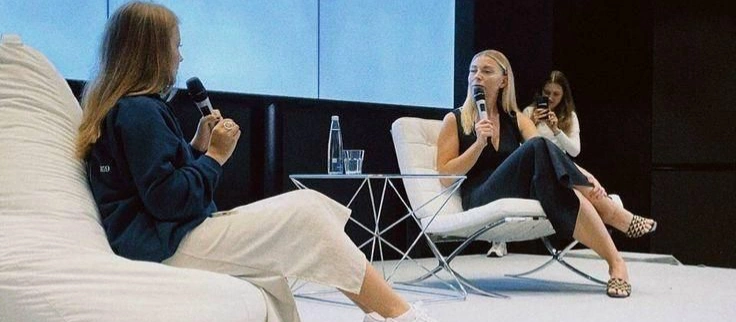
One day, you wake up and realize: you feel at peace. For no reason. Without needing applause. Without wearing a mask. Simply because you exist. Because you breathe. Because you feel. And that quiet presence — that grounded being — is the greatest thing you can ever return to.
Because you are not an outcome. Not a title. Not a role.You are a living process.And if you’ve realized that — you’ve already found yourself.
We live in a world full of noise — opinions, expectations, comparisons, other people’s lives on glowing screens. We try so hard to be “good enough,” to fit in, keep up, please others… until one day we wake up and ask: Who am I, without all of this?
Finding yourself isn’t about becoming someone new. It’s about returning to who you’ve always been — but forgot. It’s not a path forward — it’s a journey inward. Sometimes long, messy, filled with doubts, pain, pauses, and detours. But the most real journey there is.
To find yourself means learning how to be alone. Without distractions, without background noise, without the usual excuses. It’s that moment when you finally sit with your own thoughts — and don’t run from them. When you stop looking outward, and turn inward. When you no longer pretend, even to yourself.
Sometimes, finding yourself means losing a lot first — relationships, careers, comfort, illusions, expectations, people who held you, but never truly let you be. And in those losses, emptiness is born. Scary. Quiet. Lonely. But in that emptiness, there’s finally space for something new. For breath. For truth.
You begin to realize: you are not your job, your title, your social media likes. You are your feelings, your choices, your silence. You are what remains when everything external is stripped away. And when you finally look into the eyes of that “remaining self,” you see — you’ve always been whole. You just forgot.
Finding yourself is about honesty. The kind that burns. It’s admitting you’ve outgrown what once fit. That your interests have changed. That your life can no longer run on autopilot. It’s allowing yourself to evolve — even when it terrifies you.

And no, it’s not always beautiful. Sometimes, the search for self looks like sleepless nights, unexplained tears, loneliness in a crowd, inner battles with no clear winner. But in those raw moments, something real begins to grow — a connection with your core. With what’s true. With what’s you.
Often, we look for ourselves in others: in love, approval, admiration. But no one — not a partner, not a mentor, not even the most loving friend — can hand you the answer you’re seeking. Because that answer doesn’t live out there. It lives inside. And it arrives not with noise, but with quiet. Not quickly, but steadily. If you’re ready to listen.
To find yourself is not the end. It’s a beginning. The first step into a life that is truly yours. Where your "yes" comes with clarity and your "no" comes with self-respect. Where you choose presence over speed, depth over surface. Where you reclaim your most sacred right: to be yourself.

And then something beautiful happens. You stop struggling. You start simply being. And that state of being — is the most alive, most honest, most powerful thing there is.